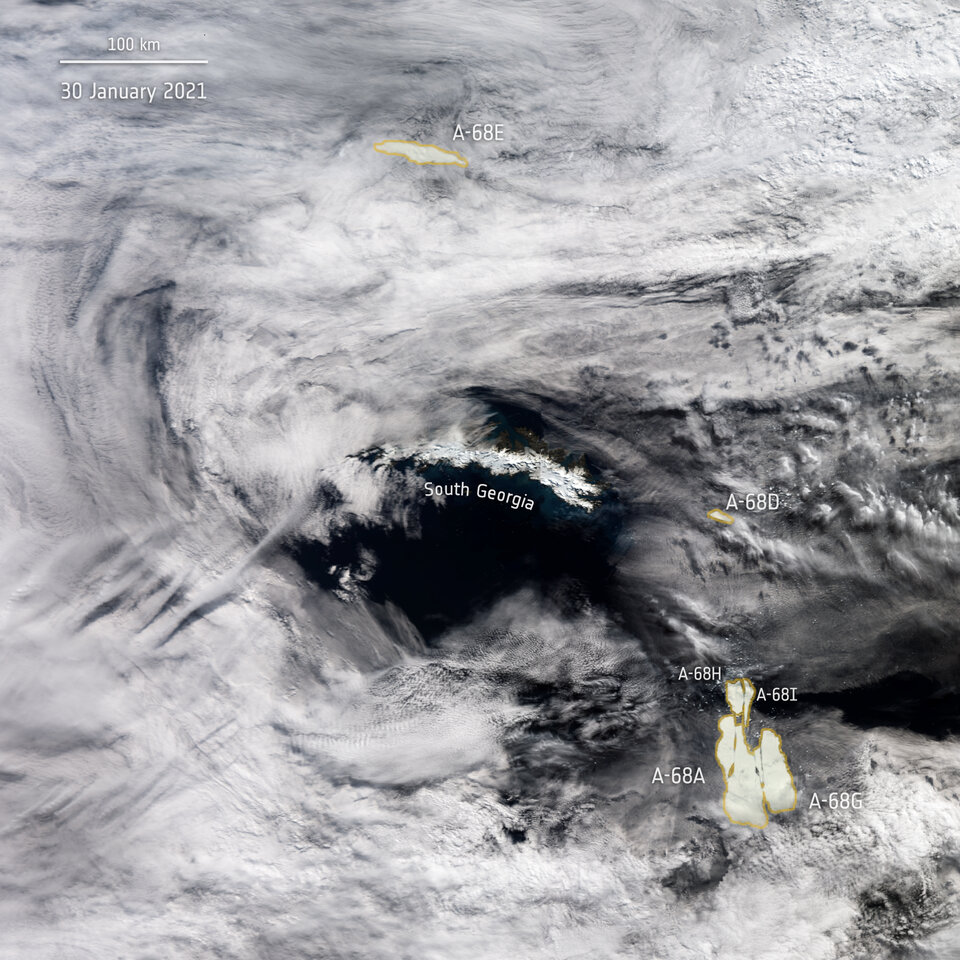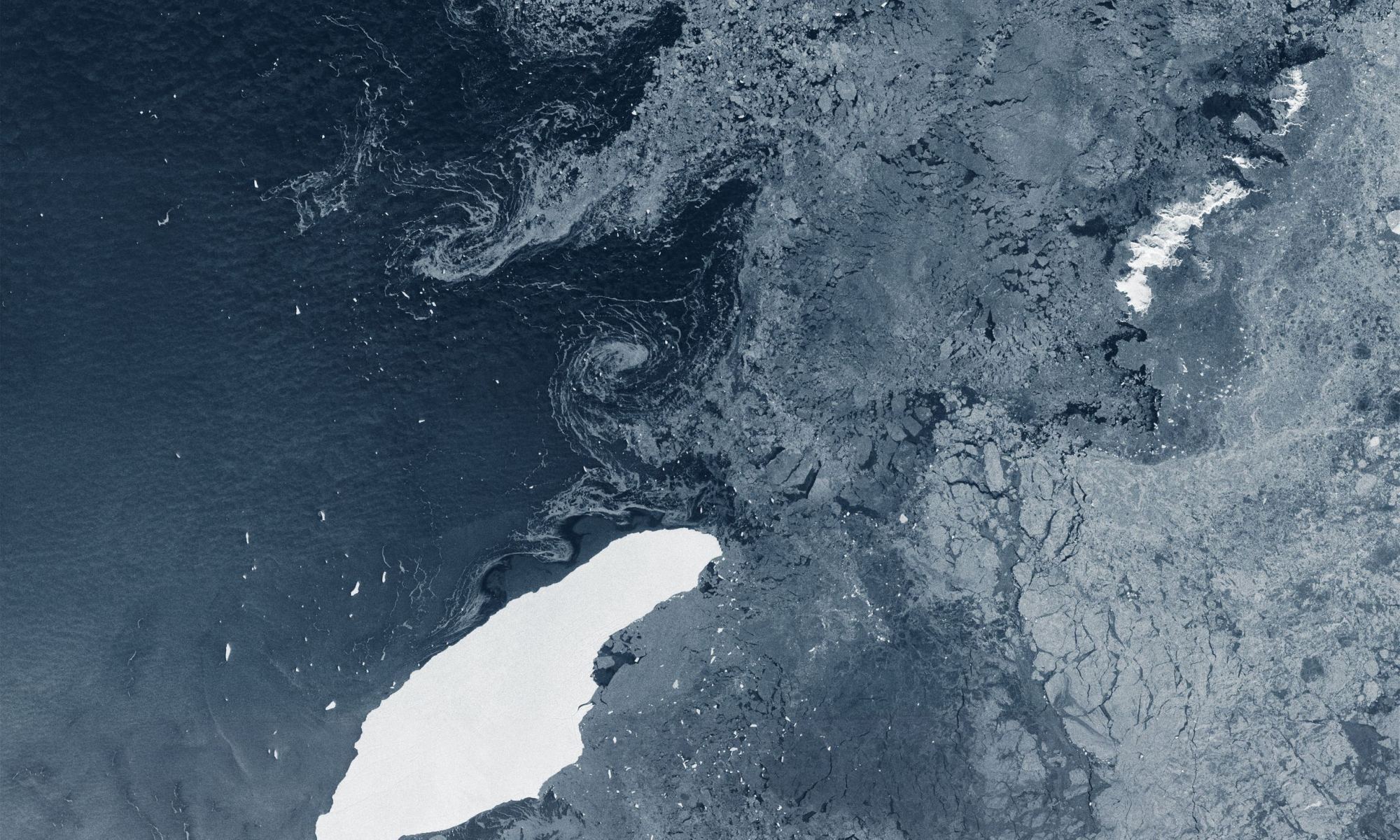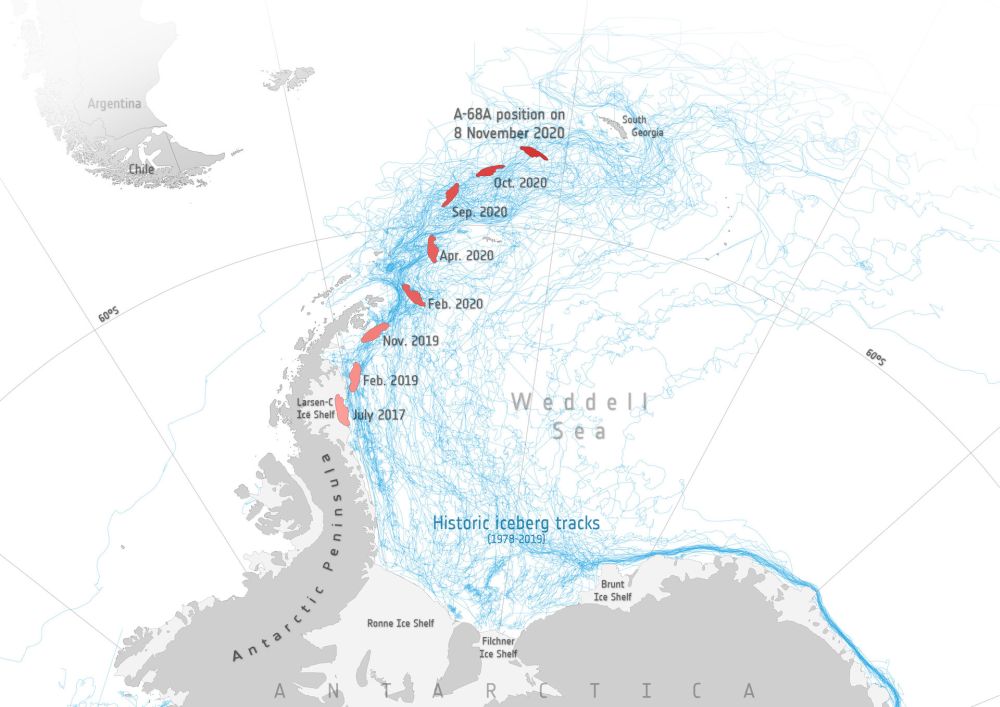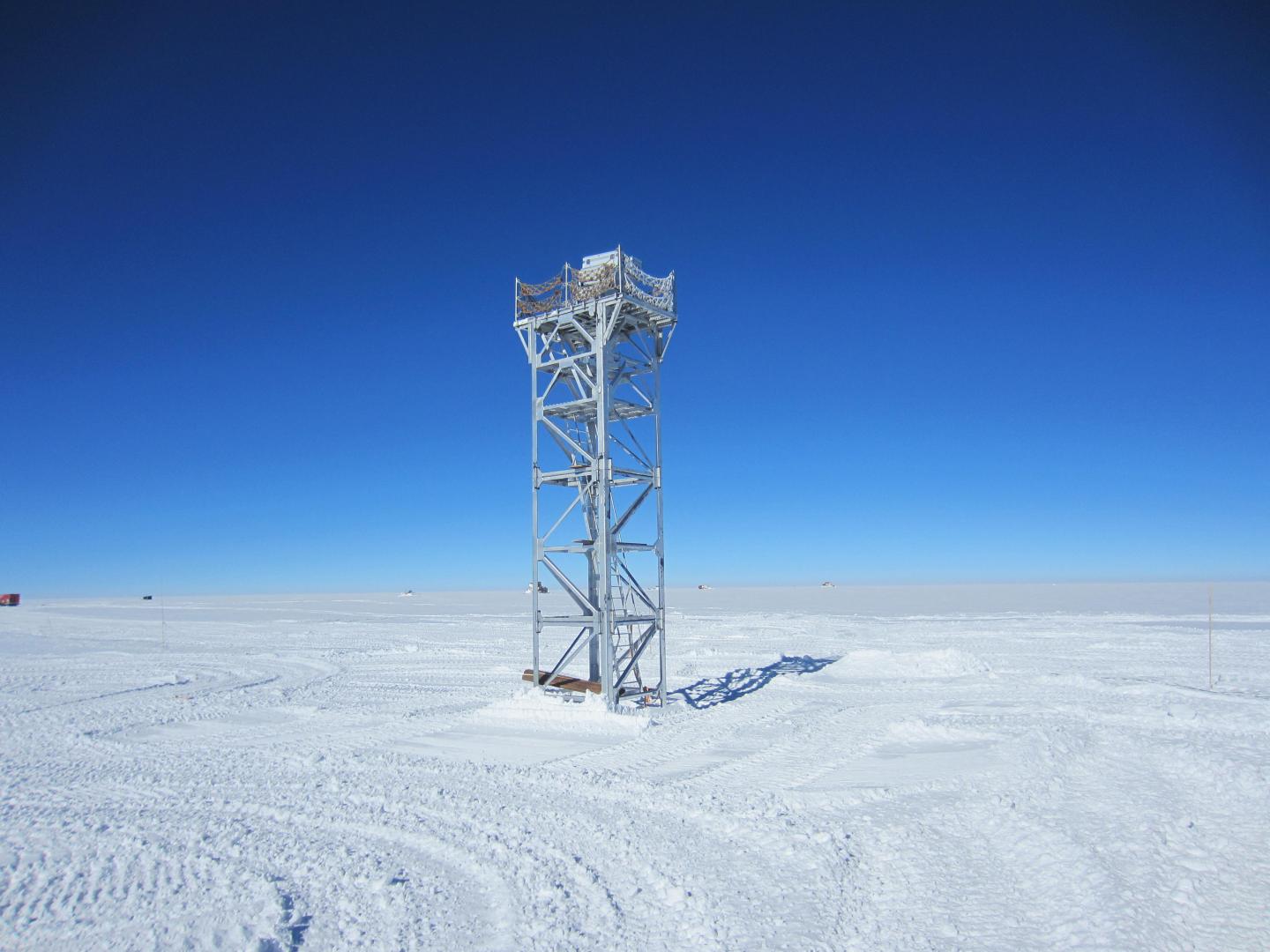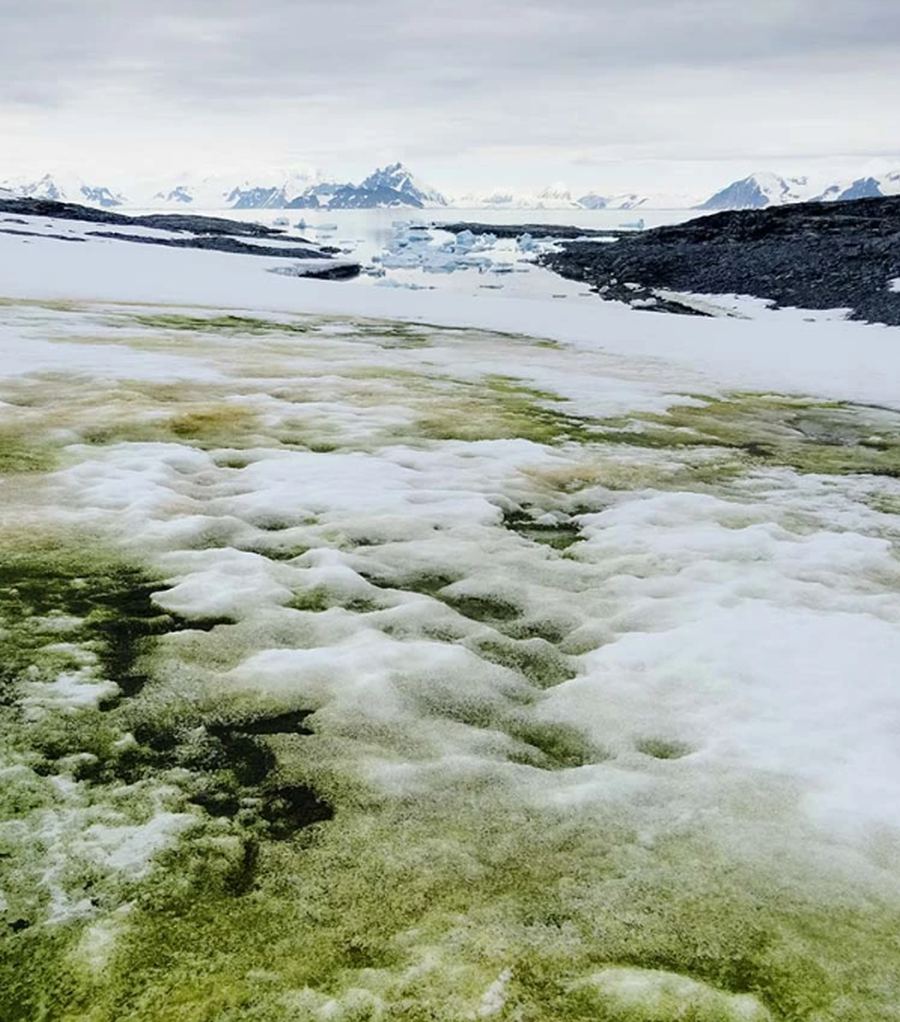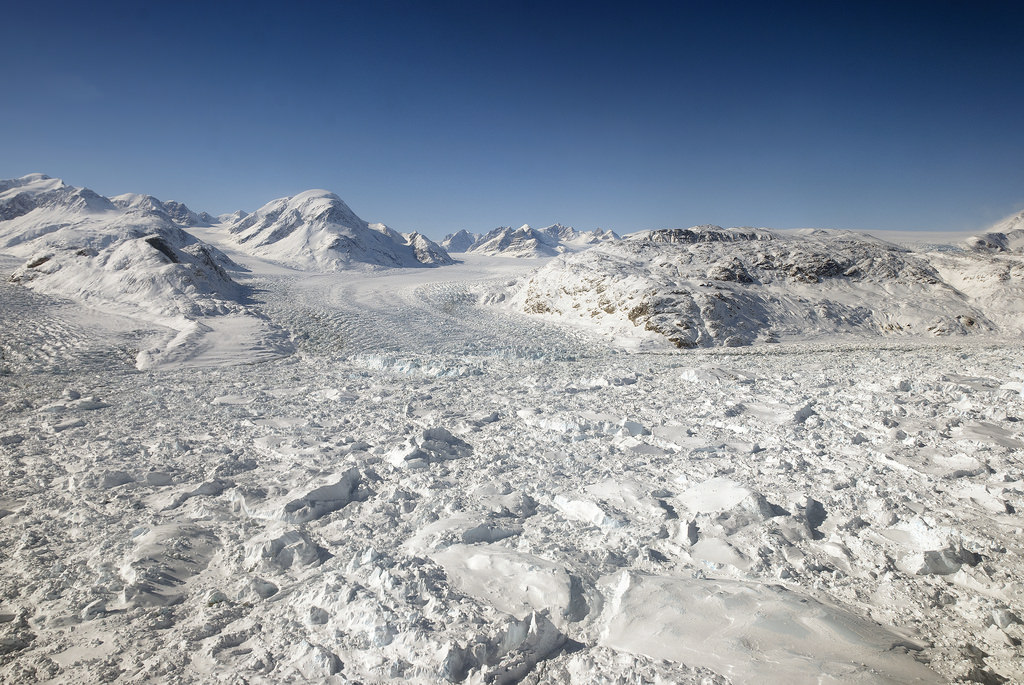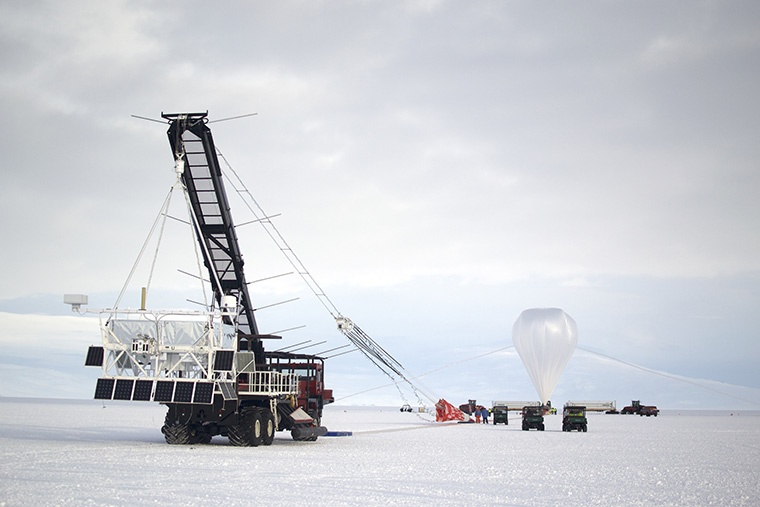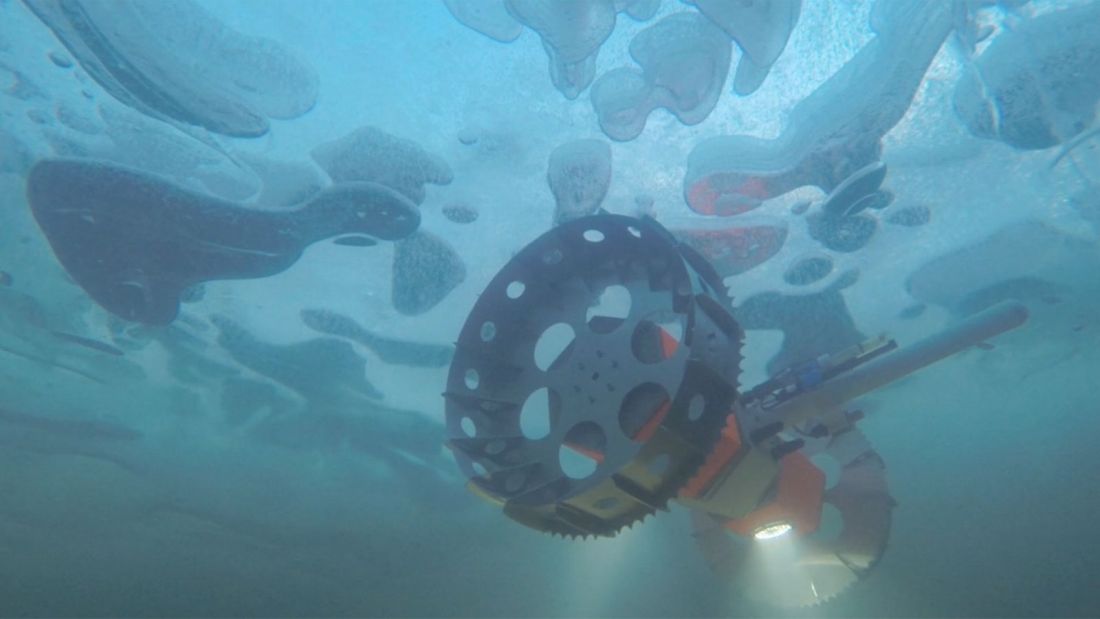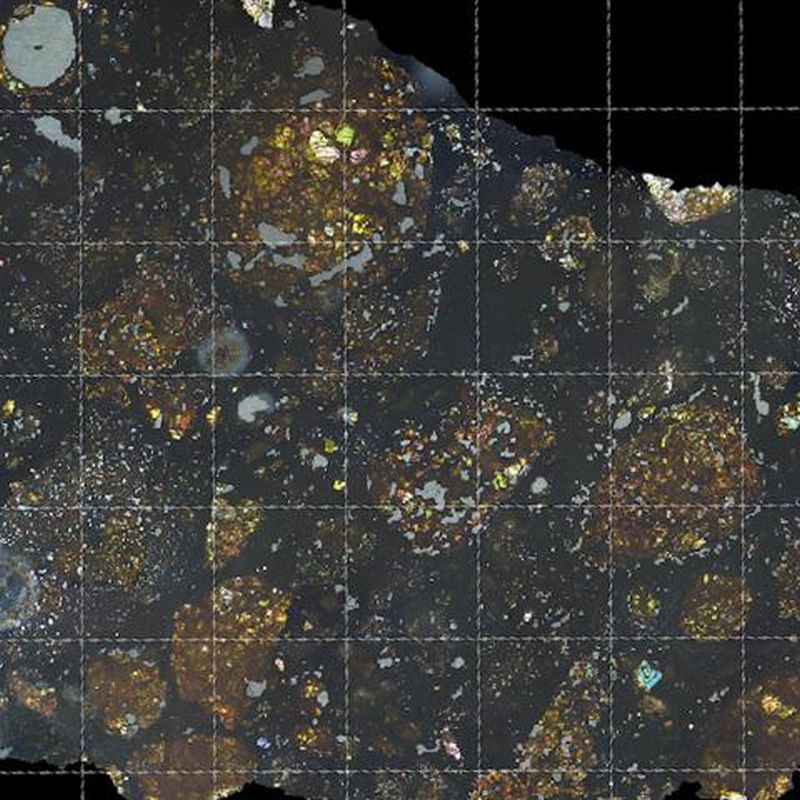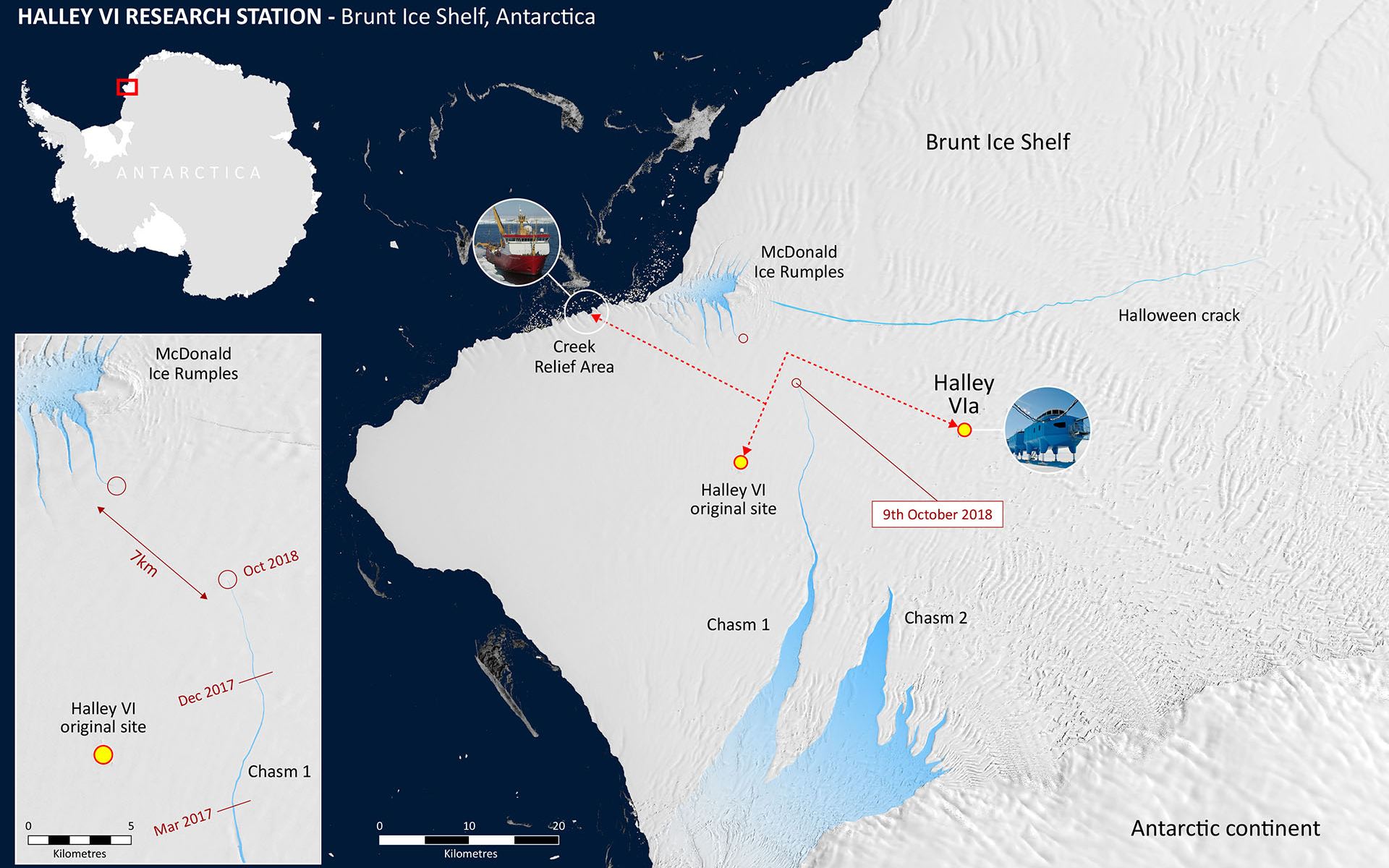Twinkling stars might make for spectacular viewing on a hot summer’s night, but they are an absolute nightmare to astronomers. That twinkling is caused by disturbances in the Earth’s atmosphere, and can wreak havoc on brightness readings, a key tool for astronomers everywhere. Those readings are used for everything from understanding galaxy formation to the detection of exoplanets.
Astronomers now have a new potential location to try to avoid the twinkling. Only one problem though: it’s really cold, especially this time of year. A team of astronomers from Canada, China, and Australia have identified a part of Antarctica as the ideal place to put observational telescopes. Now the challenge becomes how to actually build one there.
Continue reading “Antarctica Is the Best Place On Earth for a Telescope, Is Also the Hardest Place to Put a Telescope”

